Say “Cambodia,” and just about anyone who has heard of the country probably thinks of the 2001 Hollywood movie “Tomb Raider”. But after all the temple running and seeing the circus in Siem Reap, why not experience the “Floating Village” tour at Kampong Phluk? At first, I was skeptical about doing it, after reading so much negative reviews online, but I was pleasantly surprised by the tranquility of the experience and for getting to taste true Cambodian culture.
Once in Siem Reap, there are plenty of tours where boat trips take you to the floating village of Kampong Phluk, which sits within the floodplains of Tonle Sap. It is a cluster of three villages of stilted houses situated 16 kilometers southeast of Siem Reap and is conveniently accessible by boat. I booked mine through a reputed tour company that provided us a very friendly and knowledgeable tour guide. The package price included transportation in a minivan from Siem Reap to its outskirts, and a motorized boat cruise through the village.
A minivan picked me from my Siem Reap hostel at 0830hrs on Sunday, November 12, the driver went around different hotels to pick the rest of everyone who booked the same tour, we were then taken to the tour company’s office to make the payments. As soon as everyone finished doing the payments and received the receipts, a 25-minute scenic drive through the agricultural and rural area brought us to a mini market where everyone got down for a quick coffee and to have some local snacks. After ten minutes, we continued the drive passing a strip of dirt road before arriving at the quay where several motor boats awaited in the muddy waters.
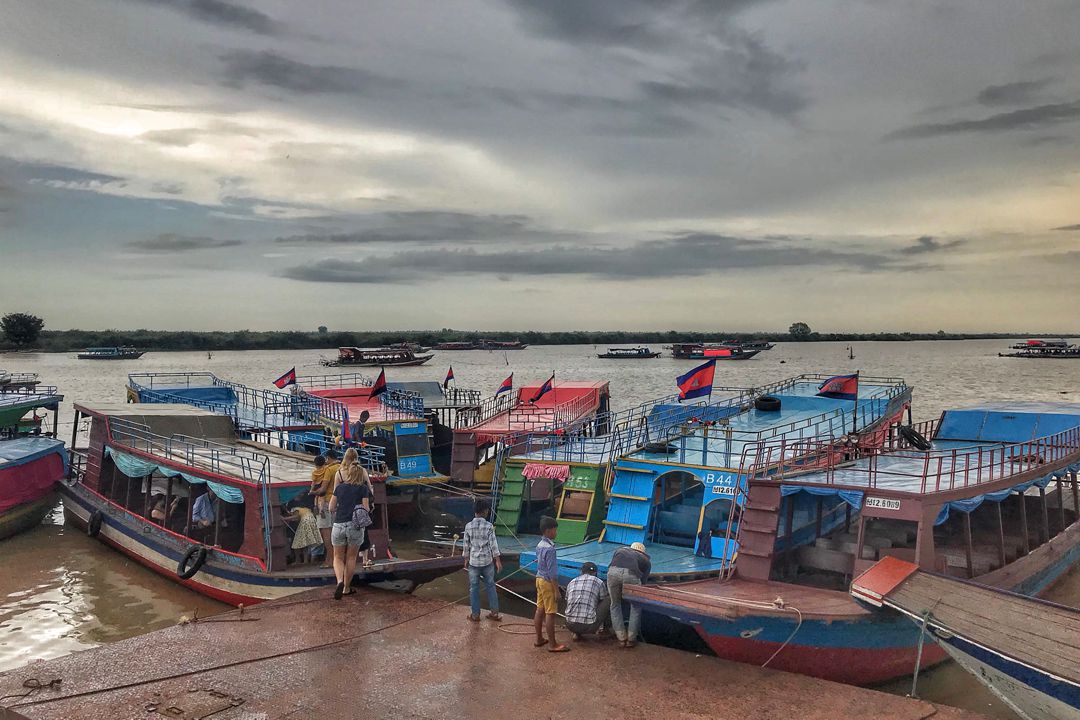
The motor boats were widely scattered and in no order.
Our tour guide escorted us into one of the boats and we set sail through the mild rain. We cruised for about half an hour and the first images of the village appeared visible. It was the beginning of the rainy season—but the stilts remained exposed and the houses seemed to soar way high above our heads. It’s said that during the rainy season, when the water level is high, the stilts appear floating, in a metaphorical sense, but not in a way one would presumably think. The steep, swaying rickety set of ladders provided them access to their homes, doing laundry and dishes, bathing and other household chores involved climbing down the ladders on to a paddle boat. Instead of a car, each household had a wooden paddle boat parked in front. Instead of a garden, each household had floating potted plants. They even had floating farms consisting goats, chickens, pigs, ducks and cats. It was fascinating and a one-of-a-kind experience seeing other people do the same things we do back home, but in a completely different setting – in this case, a watery setting.
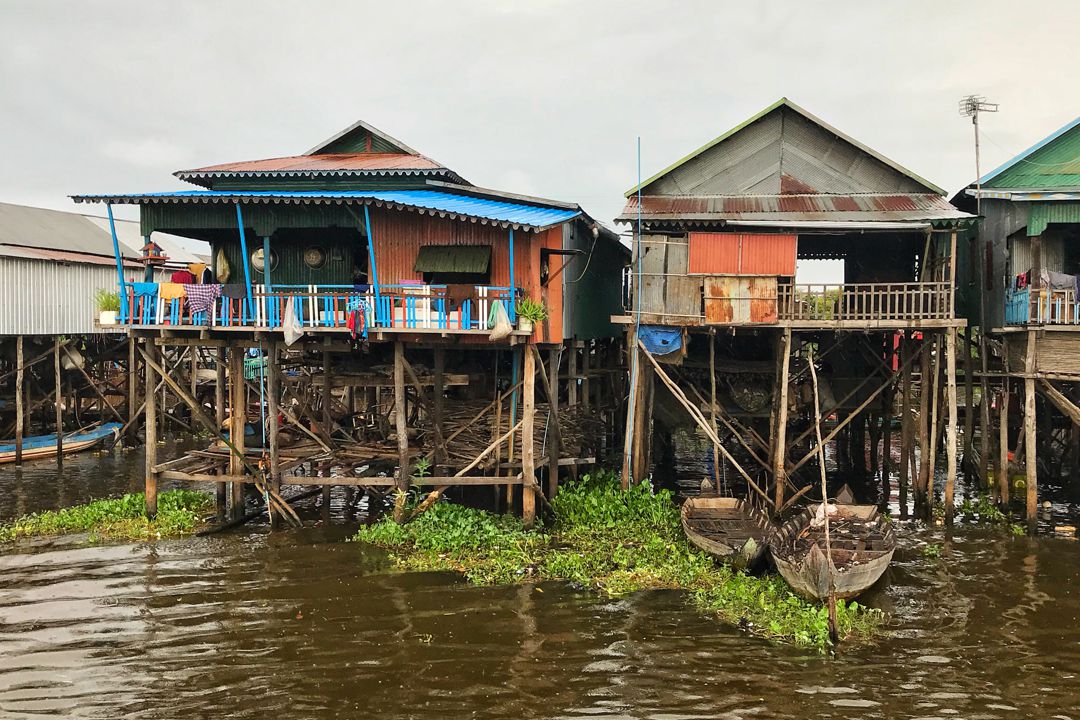
Kampong means village, and its houses are on stilts as 2-story (10-meters) high, surrounded by flooded forest.
I could hardly imagine the struggles of daily life for a week above flooded water, even more, having to spend half of the year above a lake. Despite the challenges and the hindrances, the residents of Kampong Phluk have become excellent engineers of stilt house building and mastered the art of adapting a life-over-the-water environment. They have proved they could live together harmoniously and make the best use of the lake and the natural resources it supports. For them and others living around the lake, the lake provides both food and the main source of income, almost exclusively on fishing and related activities. It’s said that the Tonle Sap provides Cambodians with 60% of their protein and holds over 300 species of fish alone. Its inhabitants also consume polluted water straight from the river and it’s estimated that 80–90% of the population has worms and parasites.
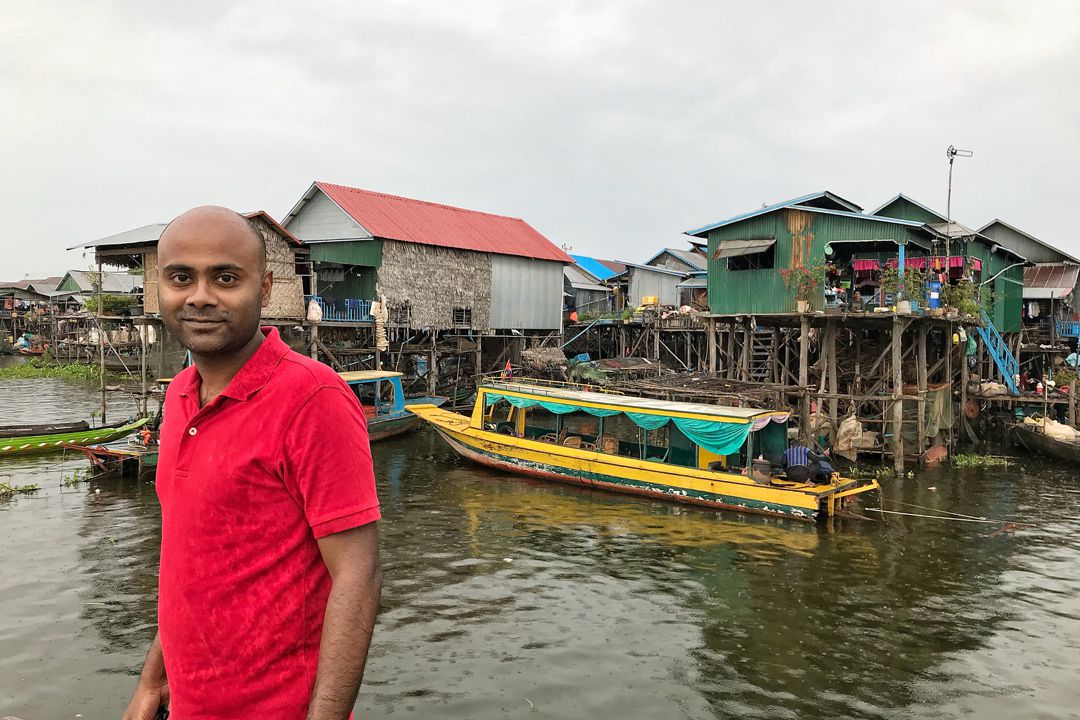
I mostly hung out on the roof of the boat, snapping pics of the locals and fishermen
After motoring down a narrow and shallow canal emptying into Tonle Sap, our boat docked at a floating platform which housed a restaurant. We were also told that as a gesture in supporting their community-based eco-tourism project, we could pay an extra ($5 per person) to cruise around with a local on a 30-minute paddle boat through the mangroves. I opted not to and stayed back at the restaurant to have some coffee, because there aren’t really any mangroves and I’ve read so much about the women that paddle the smaller boats trying to push and sell snacks and books to the village children.
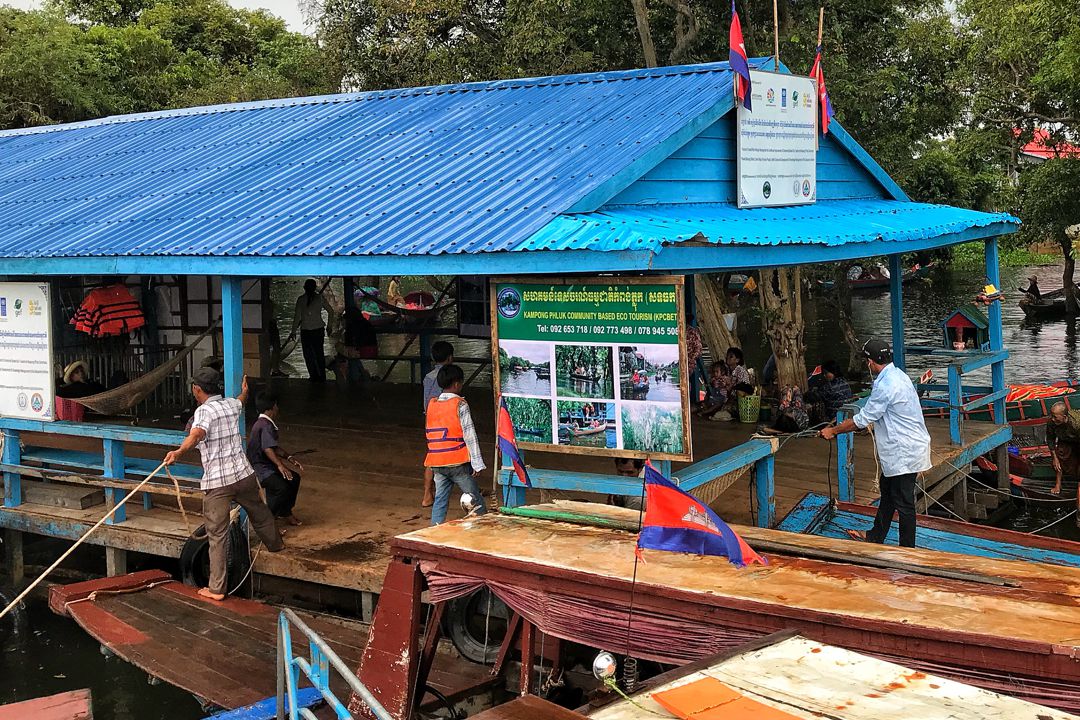
The floating restaurant at the Kampong Phluk Community Based eco-tourism project.
Half an hour passed and the small paddle boats returned with the people from our tour and we all got back in the motor boat to continue the rest of the tour. We cruised for another one-and-a half hours before the boat turned around to head back to quay again.
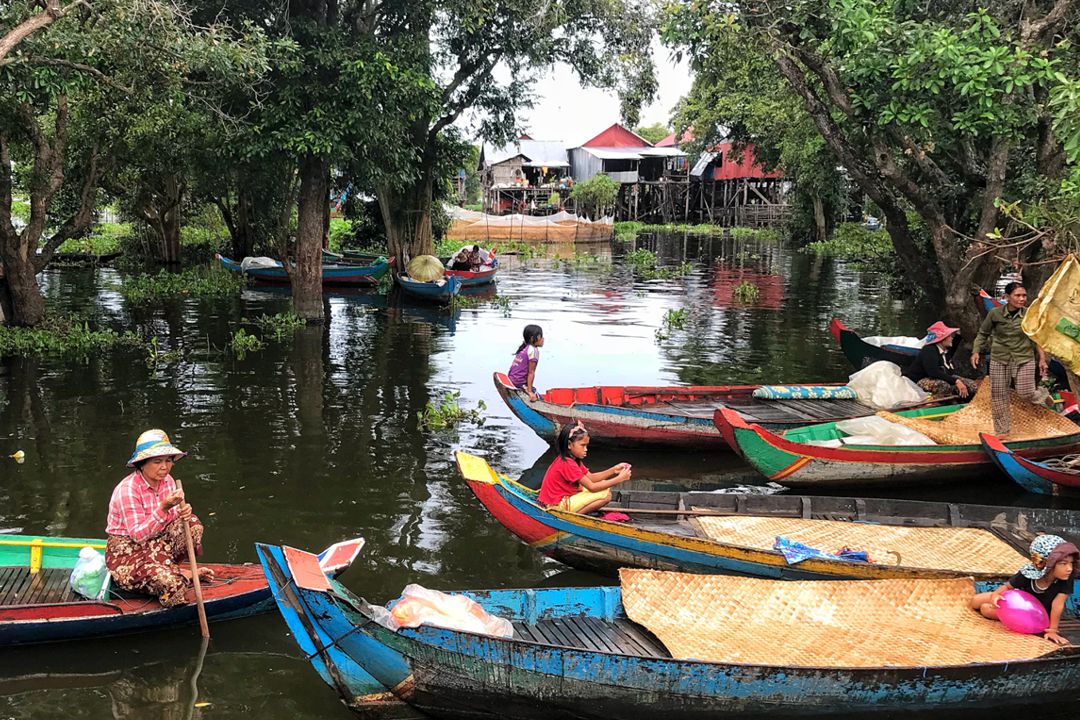
The children have come accustomed to the tourists passing by and wave time to time.
It was an incredibly peaceful day, we didn’t have any sunshine, but it was nice. Our tour guide told us about the monkeys swinging in the surrounding trees, but we didn’t see any during our tour and it’s probably because of the downpour. We got back to the quay at 1230hrs and a 45-minute drive dropped me back to my hostel. All in all, the tour was five-and-a-half hours including travel time to and from our hostel.
Experiencing the Kampong Phluk Floating Village is a must-do activity in Siem Reap. Seeing life in the floating villages helped me appreciate more resilience of Cambodians and gave me a clear understanding and importance of preserving the Tonle Sap Lake, upon which so many living beings greatly depend their lives on. What I saw and felt was the real rural Cambodian culture that I looked forward so much during my trip.

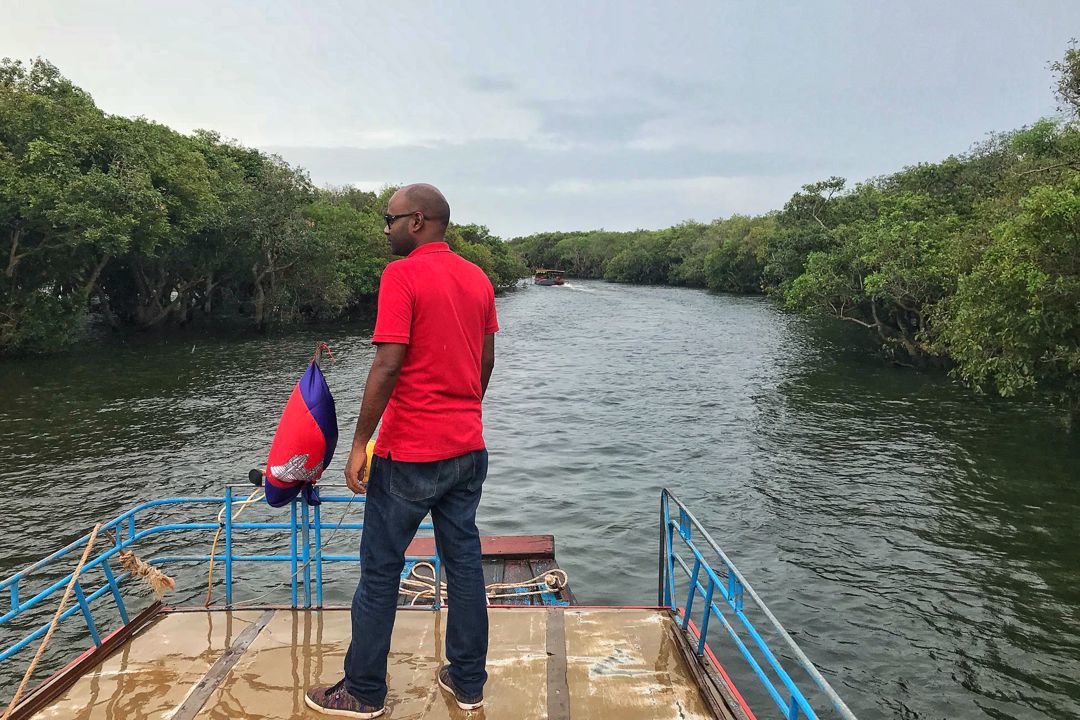
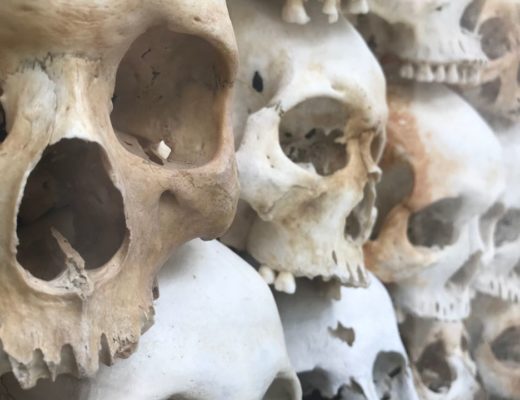
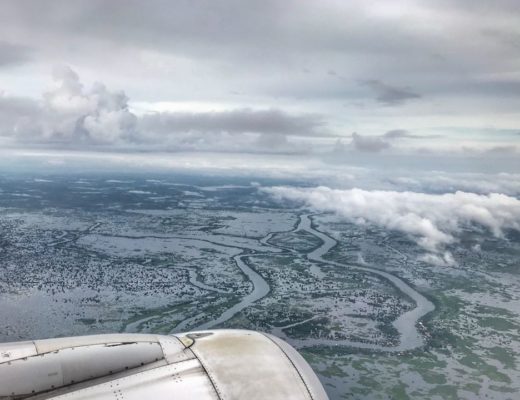
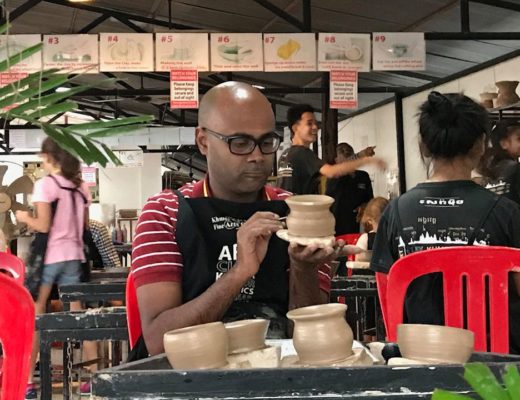
No Comments